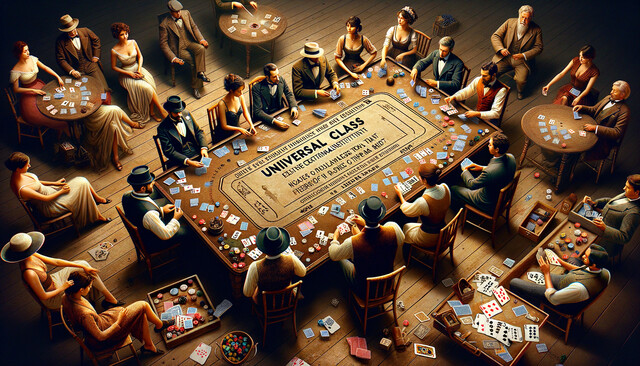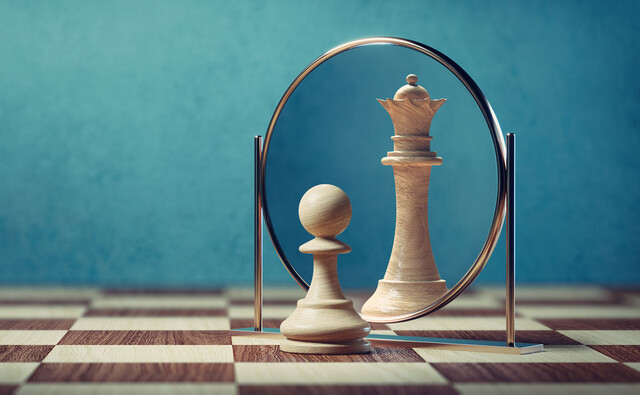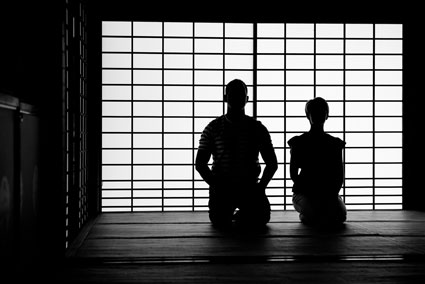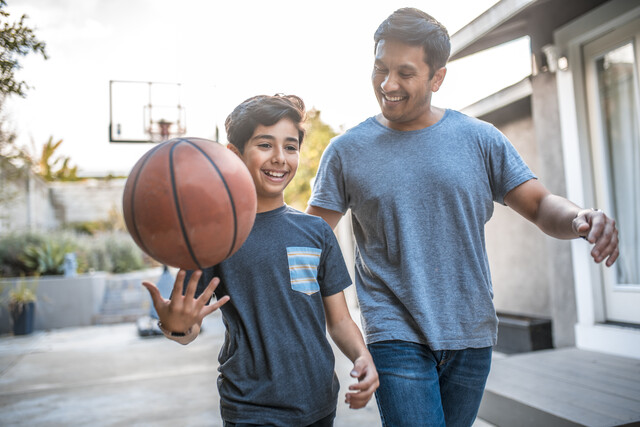It takes a tremendous amount of energy to be a good basketball player. This is accomplished by working muscles, training the lower body, upper body, knees, elbows and back. Through training and practice, the fingers start to become stronger and sturdy and the wrist becomes powerful. A Player should eat right, for he will be expending a lot of energy. Vitamins are also a positive factor in the diet plan.
A coach should plan each practice. Keep notes on the players and as they practice, when you notice different things, write it down. You can refer back to it later. If you plan for success, you will succeed. Like a teacher, you must teach the players to learn the practices. They are like lessons.
Whether you allow parents and spectators to attend practices is your call. But make sure you have rules established from the start of the season. If you allow parents to attend, make them understand that you are the coach and they should simply observe and not yell out to the children. No "backseat coaching."
Warming up and stretching should always be done first. This helps to make sure the muscles are not injured. You may start with a stretching drill, and then move on to some team drills. Remember to keep the players busy. They will get bored with repetition, so change the drills up and make them competitive. Don't spend more than a few minutes on each drill (5 -- 10 minutes).
Switch from a running drill to a throwing drill, so the players have time to cool off after running. And it's important to have every player throwing shots and dribbling. Don't show favoritism to any player. Let each and every one have a turn and work each one as hard as the other. This is especially true in mixed gender teams. You may lean toward being easier on a smaller player, but don't. You may irritate a parent.
Speed is an important factor to focus on. There are many ways to train the players how to increase their speed. For the most effective youth workout, start with classic sprint training, and when you feel the team has advanced enough to move them on to the next level start utilizing more advanced agility training drills and equipment. Performing speed agility exercise correctly will definitely help their game.
Players also need to understand the concept of relative motion. Show the players visually on paper if necessary how they all fit in relation to the space on the court. Players with this understanding will learn how to move to get open, create proper spacing and have better passes due to learning the passing angles.
During these practices and drills, make a chart so that you can determine how each player is improving and what they may need to work on. A simple table can be created in Microsoft Word (or any other word processing software) you can even draw your own and photocopy it). It should have the basics, like the sample below:
|
Drill |
Date |
Attempts |
Made |
% |
Time Spent |
Goal |
Misc. |
|
Free throws |
|||||||
|
Lay-ups left |
|||||||
|
Lay-ups right |
|||||||
|
Lay-ups reverse |
|||||||
|
Jump shots |
|||||||
|
3 Pointers |
As you take your notes at each practice, you can tailor exercises to each player in relation to what they need to work on. And, always remember a few basic rules to remind the players of:
3. Use the hand that's farthest away from the defense.
4. Use your fingertips/fingers when dribbling the ball. Do not use your palms.
Have them think of a player they like a lot and find a place to shoot a jumper. If they miss the shot the player they chose (as the one they liked a lot) gets 2 points, if they make the shot, they (themselves) get 1 point. Give the same player a time limit, and then have them get the rebound and run out to another place and do it again.
A good way to improve weak hand shooting (for lay-ups, etc.) is to have the player stand a foot away from the basketball hoop. If they are going right they should step in with their left foot and shoot for the lay-up. Then, have them go back to the hoop (a foot away) and lay-up with the left hand and step in with the right foot. Have them go faster and faster with each one. This will dramatically improve their weak hand throwing skills.
Since this may be the first year for some of the players, you will want to keep explaining and demonstrating the different positions of the game and what their responsibilities are. Go over them as many times as necessary. Change the players around, so that each one gets a chance to play each position many times.
Centers are usually played by a taller player. Teach them to block anyone who comes in the paint and to grab rebounds. A center scores from close to the basket or around the paint.
Shooting guard and point guard are the next two positions. These are the two types of guards. You want to use your best ball handlers and best shooters to be the shooting guard. They should be able to score 3 pointer, as well as 2 pointers. You want to use your quickest, fastest ball handler for the Point Guard position, as they need to score both 2 pointers and 3 pointers, but they don't have to be as accurate as a shooting guard.
Then there are Forwards. There are two types of forwards, power forwards and small forward. Power forwards are usually played by the bigger, stronger players, as they should be able to grab rebounds and be a physical player. They are the ones who give screens. You want your power forwards to be able to shoot from behind the 3 point line. Power forwards do not usually shoot from 3 pointers because they are good post players.
The small forwards are usually smaller than a power forward, but might be larger than a shooting guard. They are almost like a power forward, except that they can't grab as many rebounds.
Utilize the different positions and concentrate on the players' knowledge and ability to excel in both offense and defense. On the offensive side, point guards should penetrate the middle. You want them to get to the lane. If they are able to get into the lane, especially with a jump stop and are strong and solid with the ball, their abilities will shine on the court.
Teach the players to pass the ball as often as possible instead of dribbling it. If they can move the ball, it will make the defense adjust and they might make a mistake and leave your team with an open player. Teach the players to never wait for a better pass. They should just pass the ball anytime they can
When it comes to defense, if yours is weak, you will definitely need to work on it. When guarding someone, show the players how to look at the ball. Fun, again, will come into play. Teach your players to chase their opponents when they are passed. This will put pressure on the opposing team, as they feel someone running behind them trying to catch them.
A forced baseline is also good on the defensive side, because the baseline is an excellent defender. The baseline won't move and will always get in the way of the offensive dribbler. The backboard is also good; because the dribbler can often times get behind it.
|
The Actual Game |
Whether your team plays brilliantly or terribly, your job as the coach is to be as positive as possible. Sometimes this will be harder to do than others. Practice makes perfect, not only in the playing of basketball, but in the coaching of it. As you fine tune your coaching abilities your team will learn to demonstrate an understanding of movement concepts, principles, strategies and tactics.
Let's recap to make sure your not only ready to get out there and be the best coach around, but let's also make sure your team is the most well adjusted and self confident out there.
First we reiterate the warm up before playing. Basketball is a running game, so your chances of pulling or straining a muscle are high if your legs are not warm and loose before you start playing. Before games, the team should shoot some baskets and do a lot of stretching.
Game day is electric. The players are both nervous and excited. You are their role model, their rock. From the point of your arrival, put that smile on. Fill their heads and hearts with your positive energy. Never underestimate the power of attitude. Both the coaches' attitude and the attitude of the players on the team can be the deciding factor in how the team develops and prospers in life as well as on the court.
The coach with the right attitude is willing to study his players while in practice and in games to accomplish the necessary objectives and will take the time to develop the fundamental skills to make them better players. Following this same principle, the player with the right attitude will also take the time to listen to his coach, practice harder and strive to become a better player for his team and his coach. Through your coaching, the team will know they are a unit and not a bunch of individuals. Each player's actions will affect the unit during the game. They will have the direction they need to win the game.
As your team is playing the game, watch not only your team, but the opposing team. Watch for footwork errors. Does one player have a hard time making longer passes? Does the player bring rebounds down low? How effective is the ball handling left and right? Does the player use the same fakes a lot? You'll want to make note of your own team's weaknesses and habits. Point these out to your team, so that they will be aware that they are doing them. Sometimes they are not aware of it. They are younger players, so habits are easily changeable.
Study each player on an individual level. Notice where their skill level is. How can you help Johnny improve on his dribbling skills? How will you tackle Nancy's shooting capabilities, as she misses most of her shots? Now look at how they interact with one another as a team. Notice how the opposing team interacts as a team, take lots of notes. You'll need this for your next game with the same team.
The way you portray yourself as the coach during the game can have a significant impact on the players, parents and spectators. If a coach gets upset over a referee's call and starts yelling, the players and spectators get upset as well. The coach can easily act as the 'cooler,' if he doesn't overreact to something. If the team is irritated or angry, try remaining calm (at least on the outside). This takes practice, it doesn't just happen overnight. It becomes easier after time and practice.
After the game is over and you've made your notes, you'll want to constantly refer to them as your team plays other team and also the same teams over again. Refer to your note tables when you are playing a team for the second time and rearrange your positions for better strategy. Assess your team again to determine the weaker links and the stronger links, whether it's shooting, ball handling, footwork. This will enable you to place the players better for the next game.
Whether you win or lose, in making the atmosphere the most opportunistic you will have created a dynamic team. Children thrive in positive environments. Continually instill the positive atmosphere within the team. The energy will spread and they will continue to be positive.
Again, you will want to push the envelope when it comes to encouraging the team. Praise their hard work during the game and acknowledge their improvements. A little goes a long way when it comes to being supportive. It not only makes them feel good, but it builds their self-esteem and makes them want to work harder for you. The younger the players, the easier they pick up the good habits you teach them. Encourage them to verbalize praise to their teammates as well.
In conclusion, by utilizing all of the techniques from setting up your season, developing and maintaining that team atmosphere, concentrating on good habits for you and your team, teaching the essential skills with drills and practices to performance at the actual game, you will have created quite a dynamic team. Keep the momentum going and you will be a very successful youth basketball coach.

























